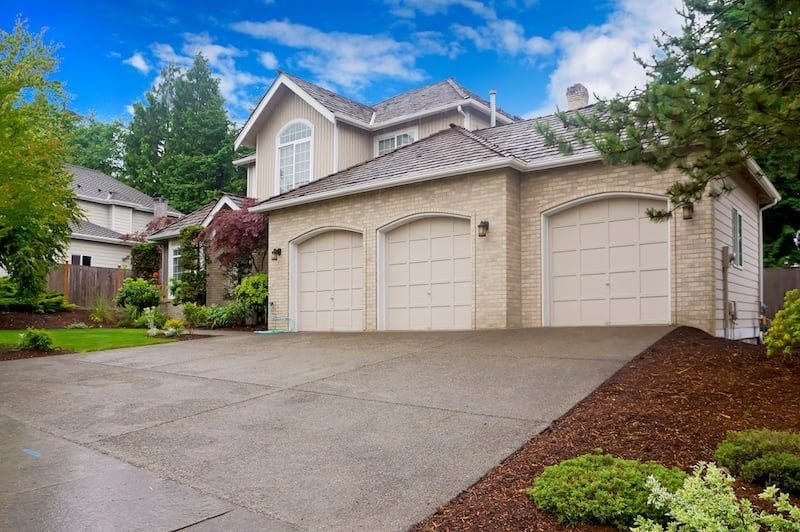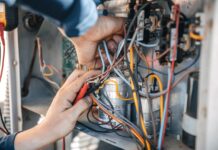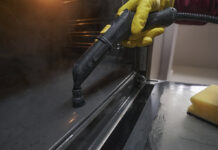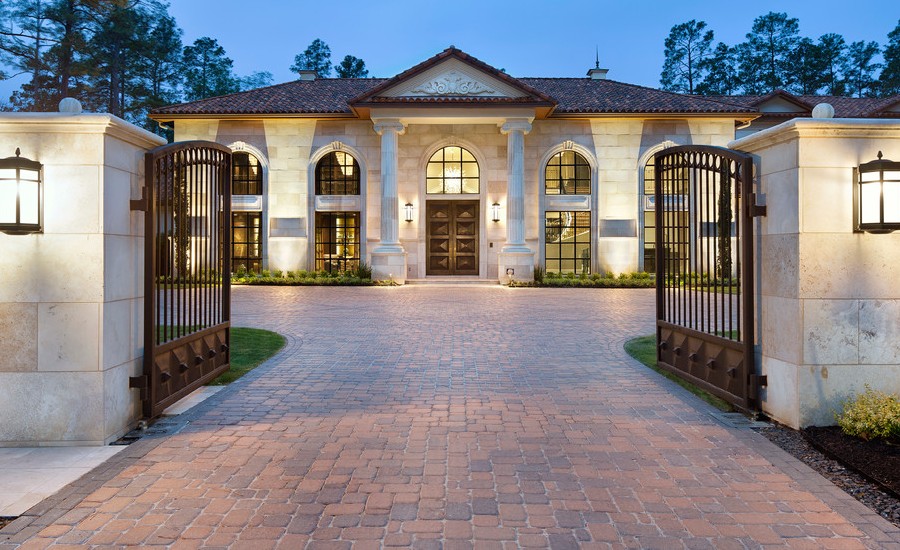Every homeowner treasures their outdoor sanctuary — the lawns, gardens, and patios that represent both a personal paradise and the culmination of years of diligent effort. The mere thought of uprooting this sanctuary due to traditional sewer repairs can be profoundly distressing. However, the evolution of trenchless sewer repair techniques has presented a compelling, landscape-friendly alternative that harmonizes functionality with aesthetic preservation.
The Basics of Trenchless Sewer Repairs
Emerging from innovative engineering and the need to counter the invasiveness of traditional methods, trenchless sewer repair is a remarkable advancement. Developed during the latter half of the 20th century, it integrates techniques like Cured-in-Place Pipe (CIPP) lining and pipe bursting. These are not only revolutionary in their approach but also offer a promise of durability, efficiency, and minimal environmental impact.
Landscape Challenges with Traditional Sewer Repairs
The age-old methodologies of sewer repair were akin to surgery without anesthesia. Deep trenches carved into a property could irreversibly alter its appearance, leading to soil displacement, potential damage to trees, and the obliteration of flowerbeds. Beyond the immediate visual trauma, homeowners would often be left facing the emotionally and financially draining task of attempting to restore their landscape to its former glory.

The Beauty of Trenchless Methods
Trenchless methods, with their reduced footprint, present several undeniable advantages:
-
Minimal disruption:
Small access holes replace massive trenches, thus safeguarding the visual and ecological integrity of gardens and lawns.
-
Time efficiency:
Traditional methods could leave a property in disarray for weeks, while trenchless alternatives, thanks to modern technology, often conclude within a day or two.
-
Reduced damage to flora:
Trees, shrubs, and flowers, which are often a homeowner’s pride, face significantly lesser risk, ensuring that the garden’s biodiversity remains untouched.
-
Cost savings:
The indirect savings homeowners achieve by avoiding extensive landscape repairs post-operation can be substantial, making trenchless options financially appealing.
The Future of Trenchless Technology
As we move further into the 21st century, the realm of trenchless technology continues to evolve, driven by both environmental concerns and the relentless pursuit of efficiency. Emerging technologies and methods, bolstered by artificial intelligence and advanced robotics, promise even less intrusive and more precise sewer repair solutions. As research intensifies and innovation accelerates, homeowners can look forward to even more sustainable options that not only respect the sanctity of their landscapes but also promise longevity and resilience for their plumbing systems. This forward momentum, shaped by both demand and technological advancements, ensures that trenchless methods will remain at the forefront of urban infrastructure maintenance for decades to come.
Comparative Analysis: Trenchless vs. Traditional
Visualize two adjacent properties. One bears the scars of a week-long excavation, its landscape marred and awaiting weeks, if not months, of restorative work. The other, post a trenchless repair, appears untouched, its serenity undisturbed. The stark contrast underscores not only the aesthetic superiority of trenchless methods but also hints at the psychological and economic relief it offers homeowners.

Environmental Benefits
Trenchless sewer repairs extend their benefits beyond individual properties:
-
Less waste:
Traditional excavations disrupt layers of soil and turf, much of which ends up discarded. Trenchless methods curtail such waste, promoting a more sustainable approach.
-
Preservation of ecosystems:
Soil houses intricate micro-ecosystems. By not disturbing these layers, trenchless methods ensure the ongoing health and vitality of these ecosystems.
-
Reduced risk of soil erosion:
Without large, open trenches, properties are less susceptible to erosion and the detrimental effects of rainwater runoff.
Embracing Change: The Shift in Homeowner Mindset
The growing popularity of trenchless technology isn’t just a testament to its efficacy but also reflects a broader shift in homeowner values and perspectives. Today’s property owners prioritize holistic solutions, seeking methods that align both with their personal needs and broader environmental ethics. This transition from merely fixing a problem to addressing it in the most sustainable manner showcases a heightened sense of responsibility towards one’s environment and community. As awareness spreads and more homeowners adopt and advocate for trenchless methods, it reinforces the communal commitment to preserve the beauty of our neighborhoods and reduce our ecological footprint. This collective mindset evolution bodes well for the future, where making environmentally conscious decisions will be the norm, not the exception.
What Homeowners Should Know
While trenchless techniques are groundbreaking, they aren’t a one-size-fits-all solution. Various factors — ranging from soil composition and pipe materials to the exact nature of the damage — can influence its viability. Hence, the importance of seeking and securing the expertise of seasoned professionals, who can provide informed guidance, cannot be overemphasized.
Trenchless sewer repair technologies symbolize more than just advancements in plumbing. They epitomize the evolving ethos of contemporary society — one that prioritizes environmental balance, aesthetic preservation, and technological innovation. By adopting such techniques, we herald a future where essential infrastructure maintenance ceases to be a threat to our cherished landscapes.
















